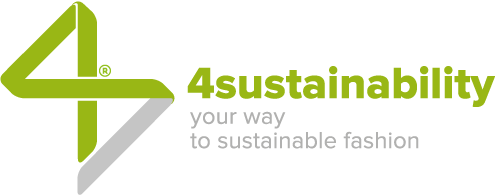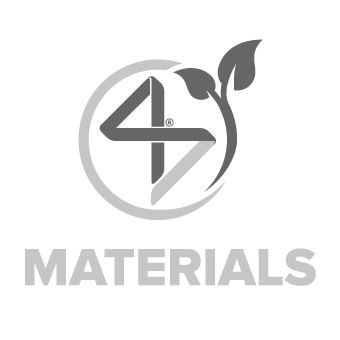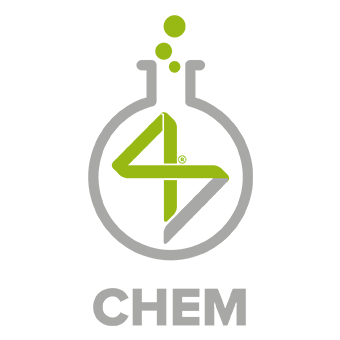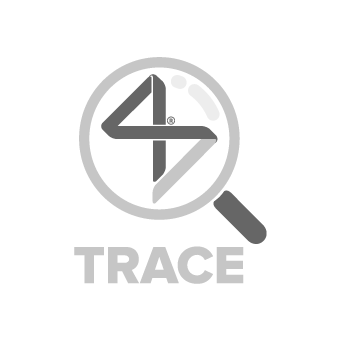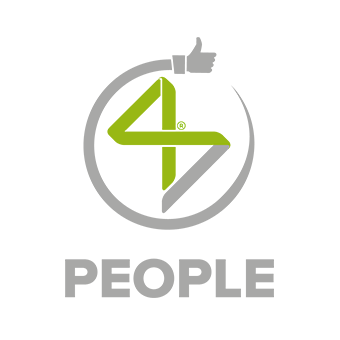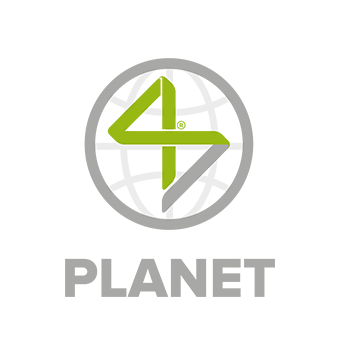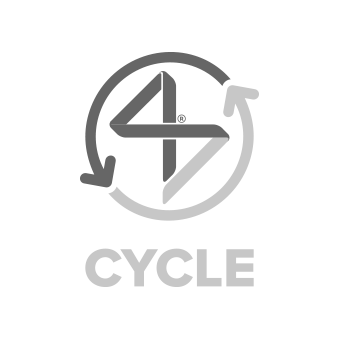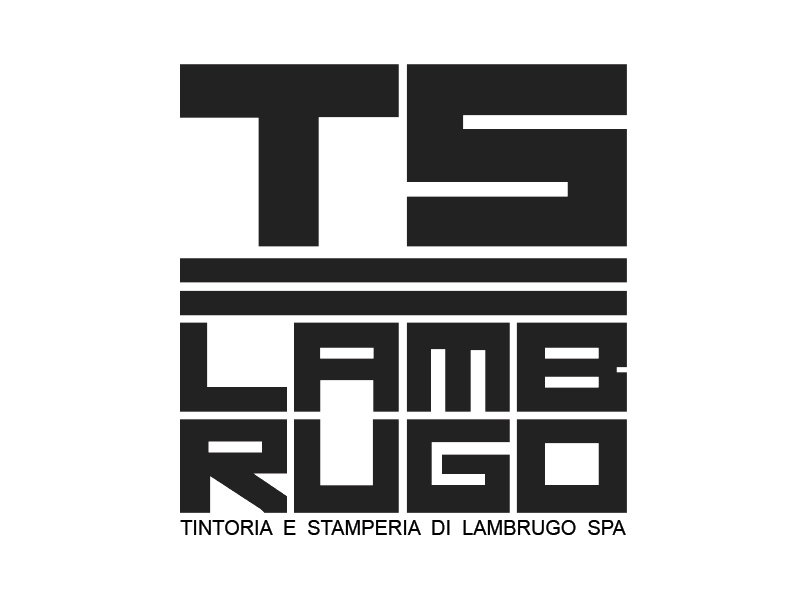
Tintoria e Stamperia di Lambrugo SpaID Nr. 4S-100263e-report version 3.0
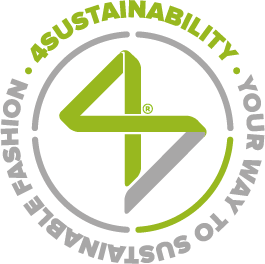
The company carries out dyeing and finishing processes mainly on shuttle fabrics in artificial and synthetic fibers but also on mono/bielastic fabrics and jersey;
recently have been implemented the dying of particular fabric such as CUPRO and mixed linens. Of great support to the dyeing and finishing departments
there is a new laboratory that prepares technical data sheets for each fabric treated and provides customized lap dip for the most demanding customers.
TS Lambrugo provides also digital printing on different articles, such as nylon and polyester. Digital printing is done both on fabrics supplied by customers
and fabrics provided by us at their request. The design is usually supplied by our client, although there is indeed an established department
that allows not only technical assistance in changing the design but also the creation of a new design.
OUR PRO. The company has invested in the field of energy saving and in the optimization of the consumption of energy sources. In addition to using innovative machinery,
it has recently implemented models of heat recovery from dyeing and finishing processes – a real thermal saving that can also be viewed in real time inside the structure.
The company is flexible to the constant changes of the market and proactive with respect to the requests of its customers. The company combines flexibility
with constant updates in terms of new industrial techniques and new textile procedures, always keeping the attention focused on the craftsmanship that distinguishes it.
www.tslamburgo.it
4SUSTAINABILITY® COMMITMENT
Growth and sustainability are the factors for which we want to stand out, founding our strategy on the belief that ethical approach should characterize our business model. We firmly believe there cannot be a long-term economic development without a social and environmental development.
Inspired to and aligned with the Sustainable Development Goals set by the United Nations in the 2030 Agenda (SDGs), we’re committed to contributing to the generation of global positive change, assuming a clear environmental and social responsibility.
We do it concretely by joining the 4sustainability® roadmap, making the values and action programs it embodies our own, committing ourselves to starting a virtuous change journey in our business model, through one or more initiatives that we tell in this e-report.
elimination of toxic and harmful chemicals from production cycles in line with the ZDHC Roadmap to Zero Programme
this initiative contributes to the following main UN Sustainable Development Goals
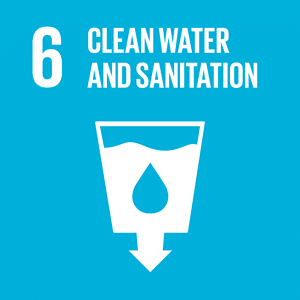
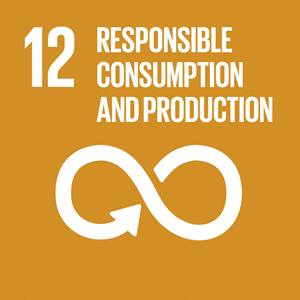
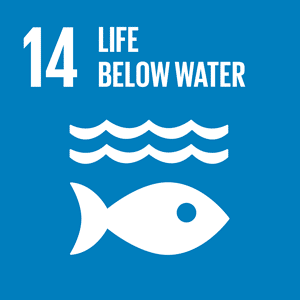
LAST REPORT ABSTRACT
download the report abstract with the main KPIs collected during the last on site assurance performed; if present, the abstract also includes the ZDHC Foundational or Progressive Level Certificate
IMPLEMENTATION LEVEL
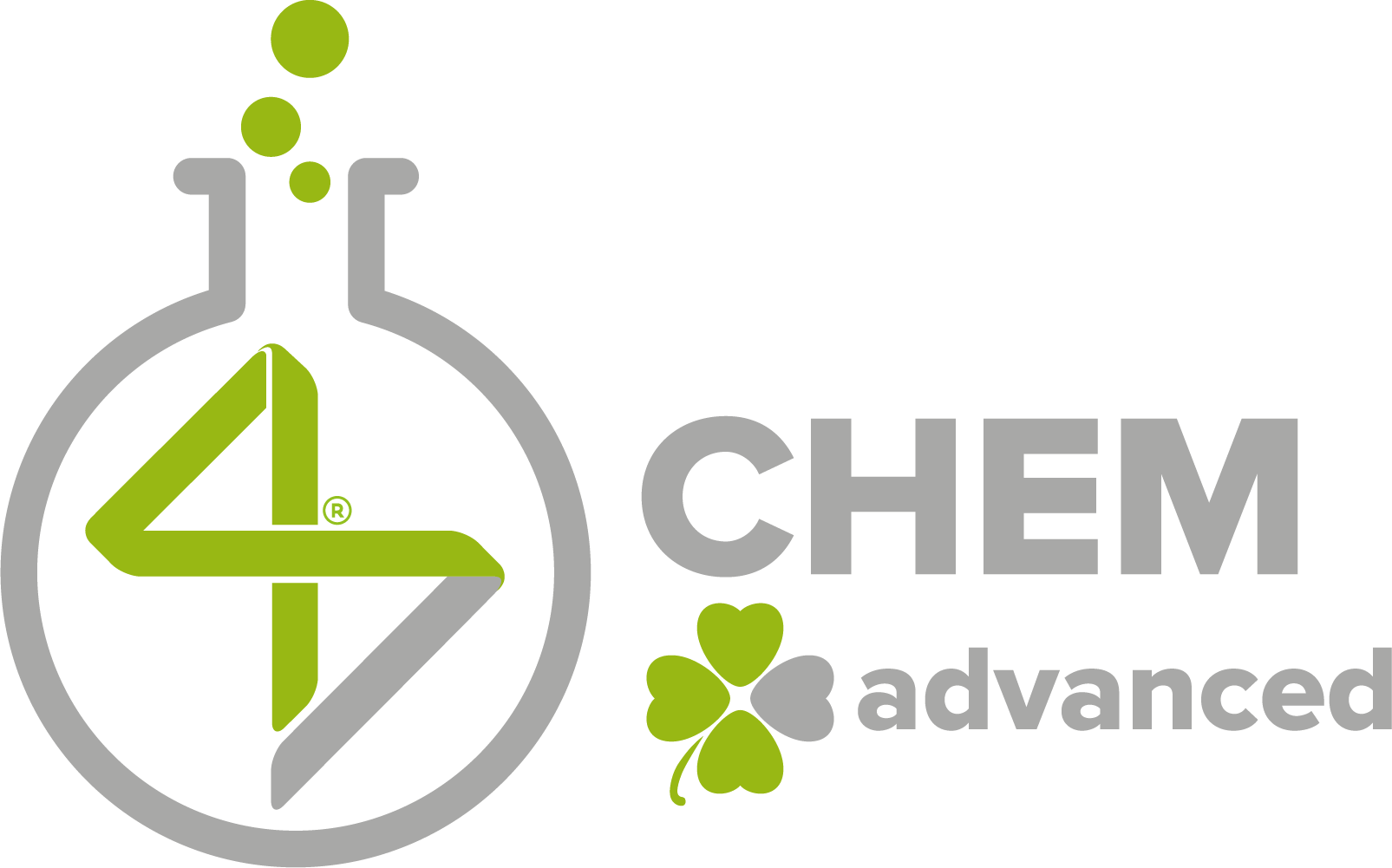
the implementation level is defined after the assurance process following the achievement of the protocol’s minimum requirements and is reviewed annually
The company has adopted the ZDHC MRSL for eliminating toxic and harmful chemicals from its processes and the 4S PRSL for raw material control. It has also implemented all the ZDHC CMS TIG requirements on internal and external processes.
CHEMICAL MANAGEMENT SYSTEM SCORE
76%
the percentage indicates the overall level reached through the implementation of 4s CHEM protocol requirements
ASSURANCE PROTOCOL
PRODUCTION VOLUMECOVERED BY MONITORED CHEMICAL INVENTORIES
100%
percentage of internal and external production volumes monitored through chemical inventory assessments
INTERNAL CHEMICAL INVENTORY EVALUATION
WASTEWATER TESTING
ZDHC MRSL parameters following ZDHC Waste Waters Guidelines
wastewater compliance percentage; when in presence of “doesn’t meet requirements” slice, a Root Cause Analysis (RCA) has been performed and uploaded in ZDHC Gateway Waste Waters Module
PRODUCTION VOLUMECOVERED BY WASTEWATER TESTING
100%
percentage of internal and external production volumes whose wastewater has been tested following ZDHC Waste Waters Guidelines
this initiative contributes to the following UN Sustainable Development Goals
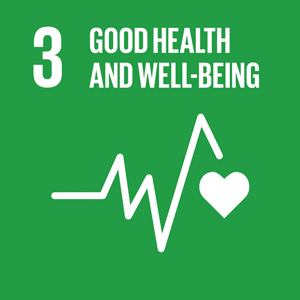
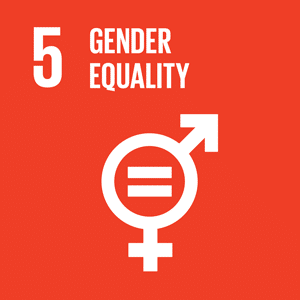
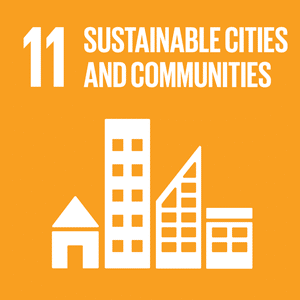
IMPLEMENTATION LEVEL
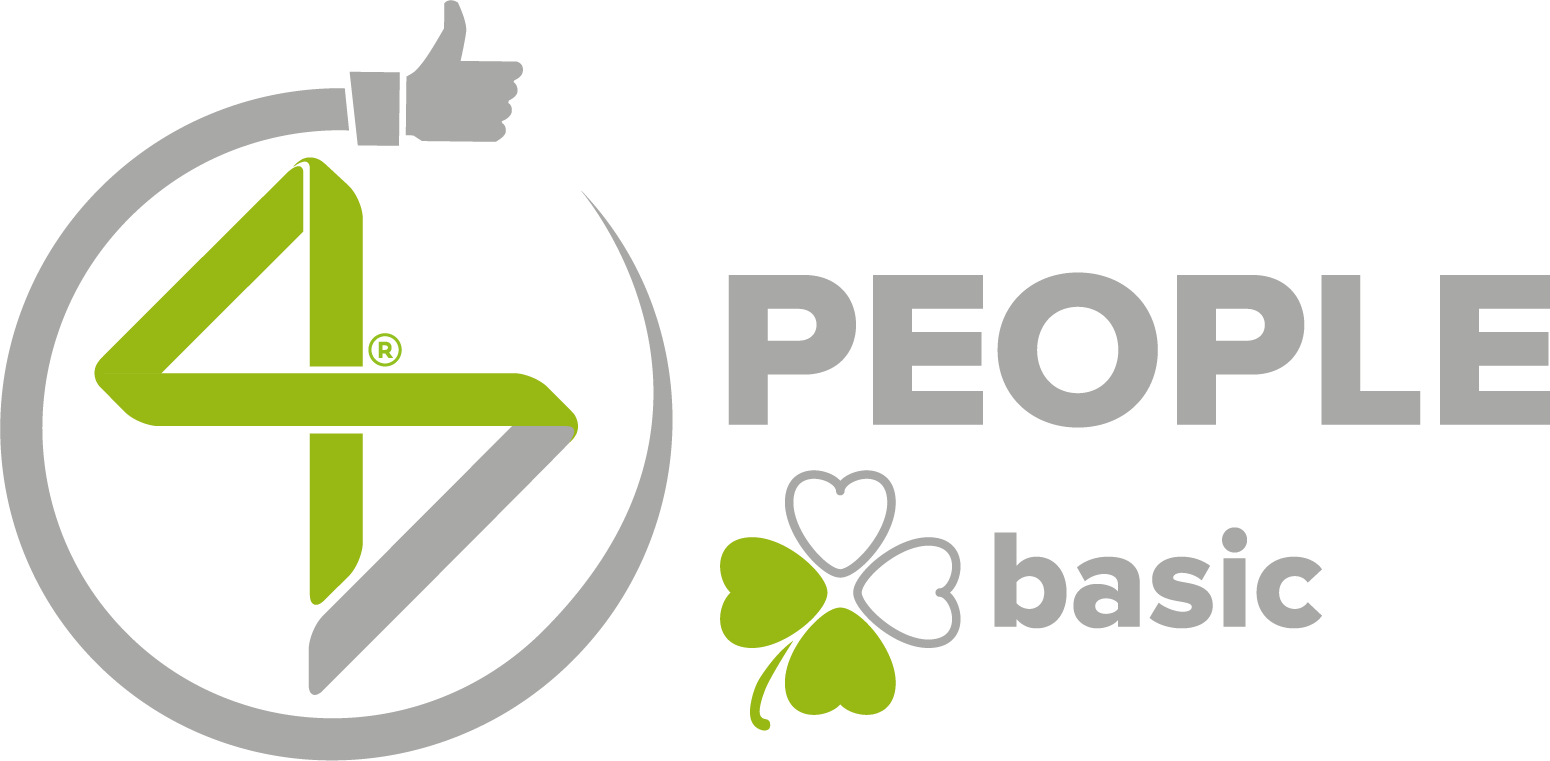
the implementation level is defined after the assurance process following the achievement of the protocol’s minimum requirements and is reviewed annually
The company has verified social compliance to improve its performances and is working on culture, organization, services and environment to grow its stakeholder wellbeing.

verification date
06/03/2024
SOCIAL COMPLIANCE
The company complies with the key requirements and standards for protecting workers’ health, safety and rights in the workplace.
CORPORATE CULTURE
“Corporate culture” includes the beliefs, assumptions, values and ways of interacting that contribute to the social and psychological environment of an organization and that inspire people’s actions and behaviors.
36%
percentage of the initiatives implemented on the total protocol
21%
protocol requirements application percentage based on number and type of actions performed
BUSINESS ORGANIZATION
“Business organization” includes rules and processes through which a company carries out its functions and activities – a key lever to improve employees’ work-life balance and corporate well-being.
SERVICES & BENEFITS
“Services & Benefits” include possible initiatives aimed at taking care of and supporting workers: workplace services, human services and benefits to employees.
15%
protocol requirements application percentage based on number and type of actions performed
78%
protocol requirements application percentage based on number and type of actions performed
WORK ENVIRONMENT
“Work environment” includes initiatives aimed at promoting the wellbeing of workers through an improving quality of workspaces (appropriate workstations, welcoming and well-lit offices…) and the presence of relaxation areas.
this initiative contributes to the following UN Sustainable Development Goals
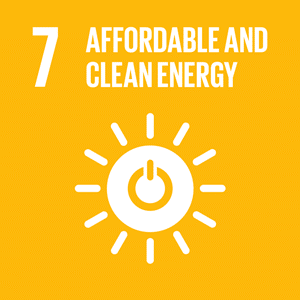
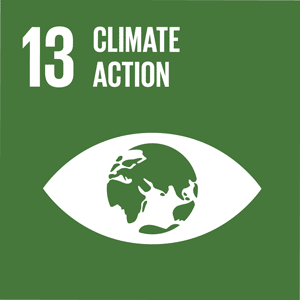
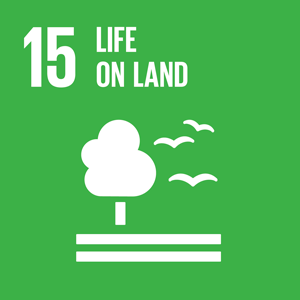
DATA REFERENCE PERIOD
from 01/01/2023 to 31/12/2023
LAST ISSUE DATE
05/02/2024
IMPLEMENTATION LEVEL
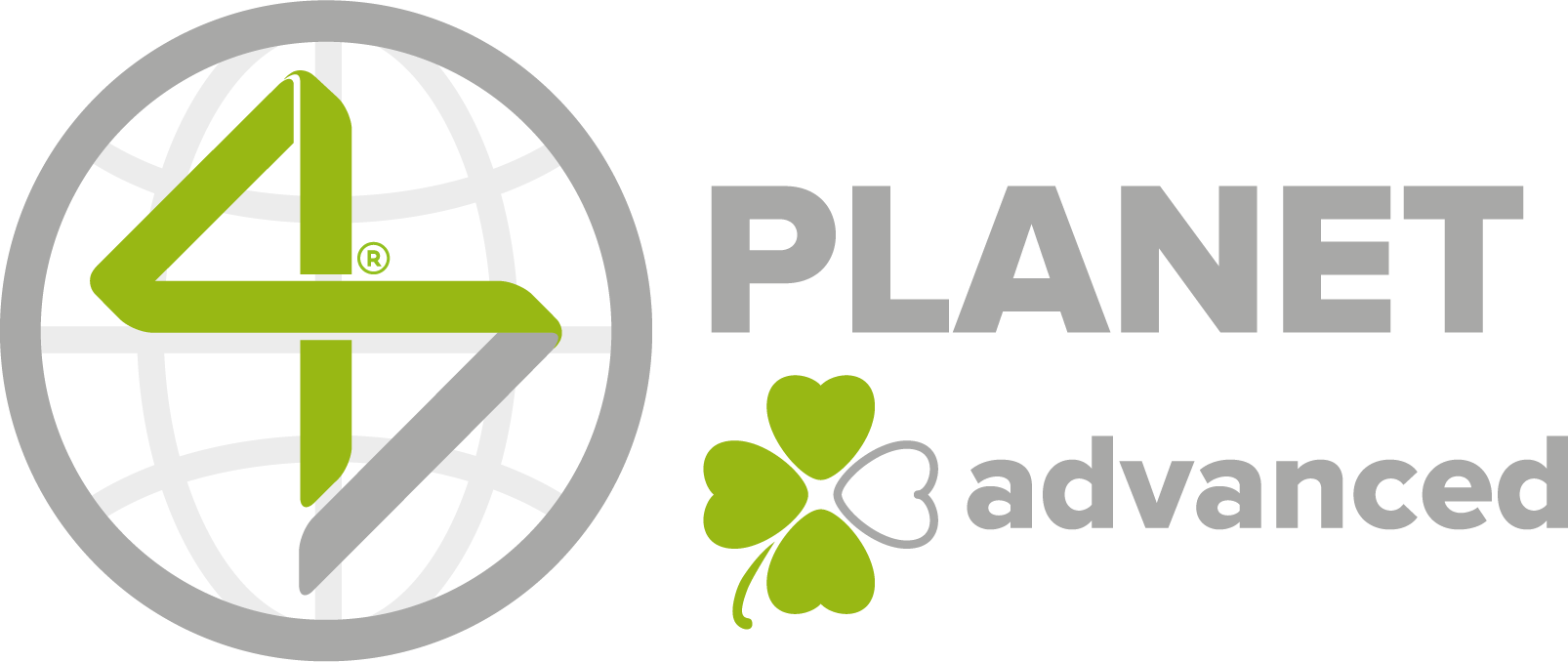
the implementation level is defined after the assurance process following the achievement of the protocol’s minimum requirements and is reviewed annually
The company has identified its main environmental impacts and implemented a calculation of its Water Footprint and/or Carbon Footprint and has started a roadmap for impact reduction on direct and indirect footprint.
MAIN ENVIRONMENTAL IMPACTS
The main company impacts are calculated starting from the direct ones. The calculation is then extended to include indirect impacts according to their order of relevance.
Consumption here on the side refers to an annual production of 5.822.704 mt.
CONSUMPTION
2.557.269Kwh
ELECTRIC ENERGY
13.748.654,87Kwh
THERMAL ENERGY
194.500mc
WATER VALUE
DIRECT USE
100%
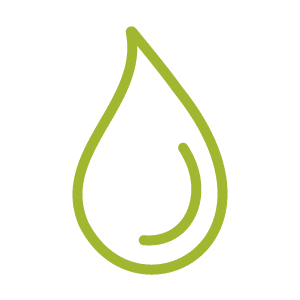
INDIRECT USE
0%

WATER
194.500.000L
total consumption
